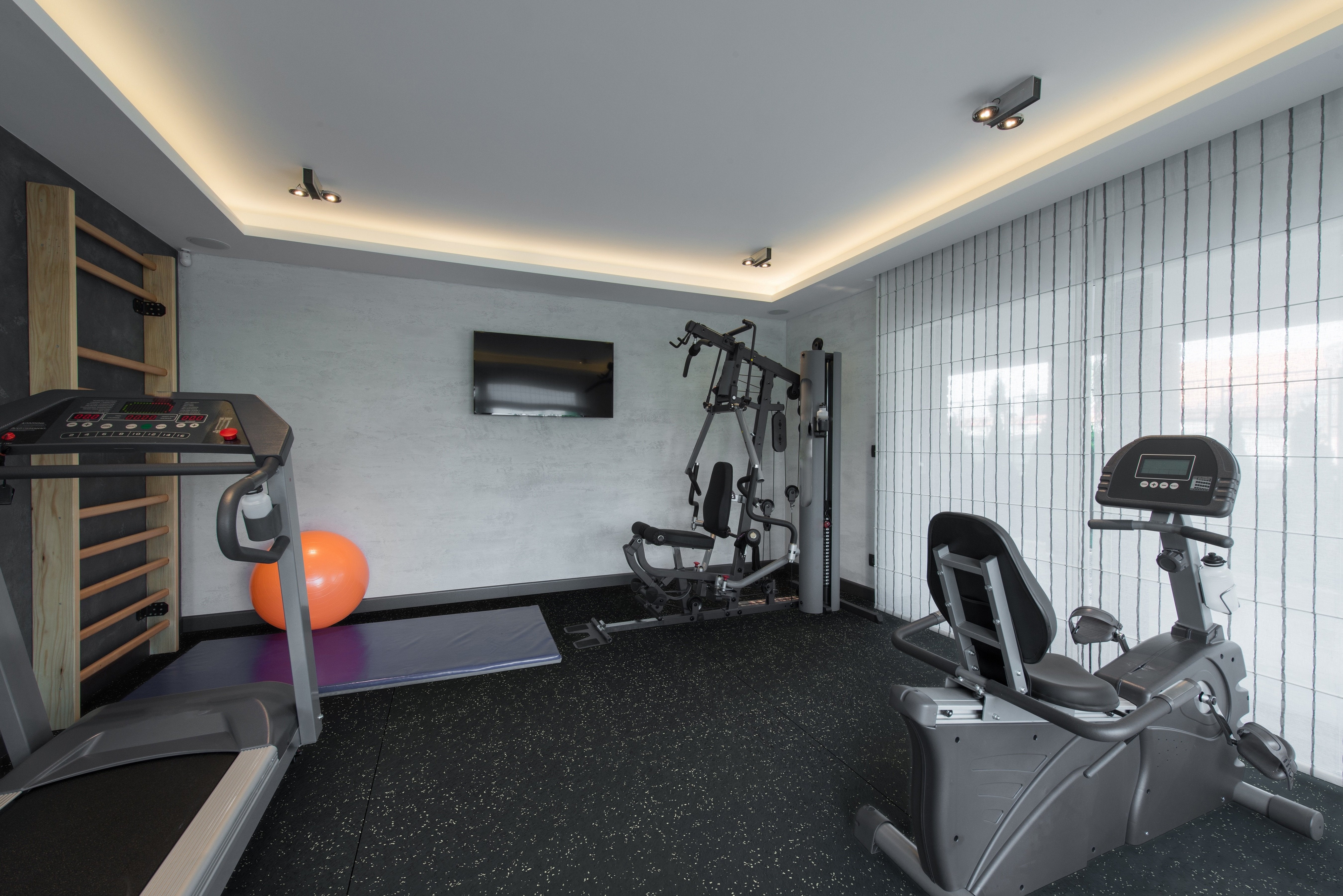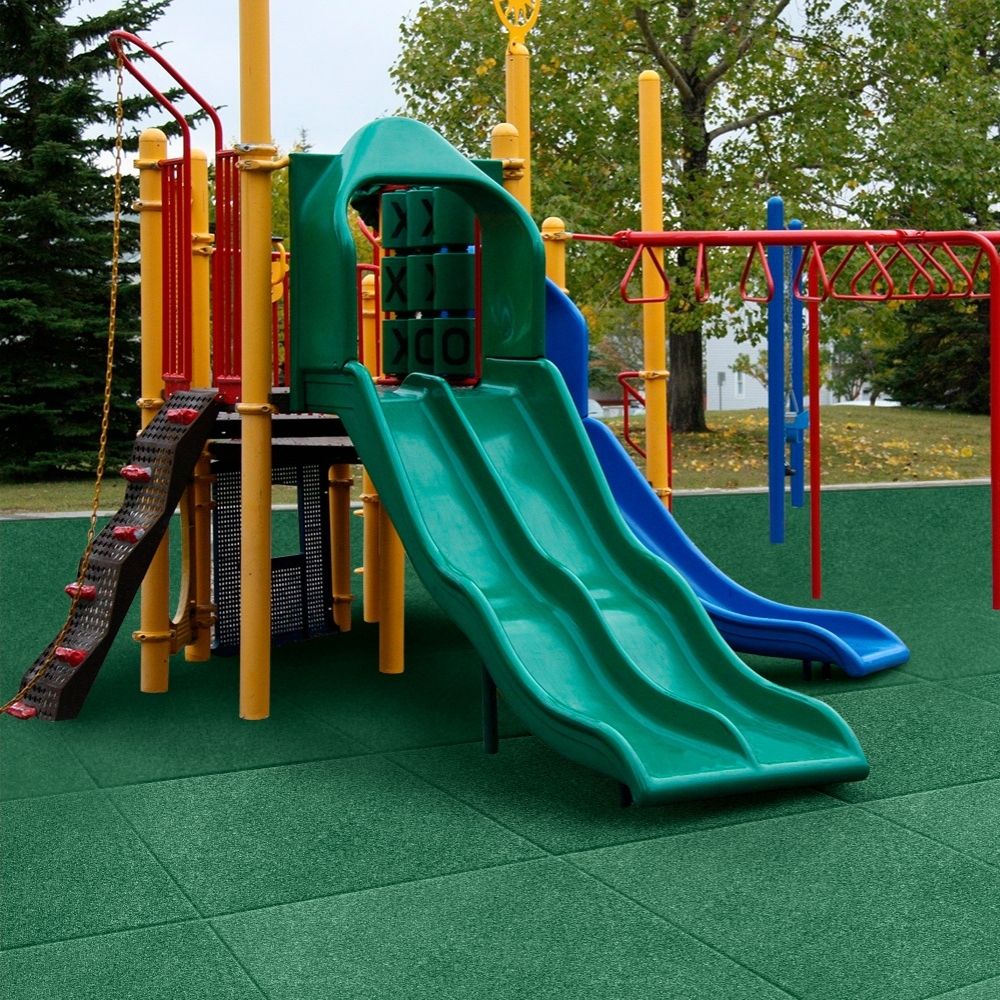
The Ultimate Guide to Home Gym Rubber Tile Installation
Home gyms have become increasingly popular in the last 18 months with more and more people looking for ways to maintain their fitness routine at home. With so many new pieces of home exercise equipment hitting the market, home gyms continue to be the ‘must have’ home essential.
If you are considering adding a gym to your home or want to add some rubber tile flooring to your existing gym, then it’s pretty likely that you have a multitude of questions. Is it difficult? What do I need? Can I install the tiles myself?
Below, we will tackle the most common questions that we are asked when it comes to home gym rubber tile installation. It is important to remember that ultimately you need to select flooring to suit your gym lifestyle (equipment, activities, workout), whilst considering your existing flooring, amongst other factors.
By reading the questions below you will have a better knowledge about the installation process, as well as understanding a little more what flooring will best suit you and your home.
How easy is it to install gym rubber tile flooring?
Installing your gym rubber tile flooring is typically a DIY job that can vary from easy to moderate. Some of the tiles such as the Genaflex Max and the Genaflex Roll will require you to use glue to install them. However, there are also several options such as the seamless interlocking styles Genaflex Lite and Genaflex Lock which don't require any adhesives like glue or tape and are some of the easiest styles to install, along with the Genaflex Max.
Providing that you select the right style of flooring for your surface and your purpose, installing your rubber tile flooring should be a straightforward task.
What is the difference between installing rubber floor rolls vs rubber floor tiles?
Rubber floor rolls, such as the Genaflex Roll covers a much larger surface area of floor in comparison to the individual tiles. The Roll can only be installed onto solid flooring such as concrete or vinyl and it will require glue to adhere it properly to the ground.
Installation of tile flooring will depend upon which type of tile you choose. Some interlocking styles such as the Tile and the Lite are fast and easy to install and don’t require glue, whereas some styles may.
Why should I install rubber tiles instead of other types of flooring for my gym?
Rubber flooring is by far the most popular type of flooring for gyms for good reason. Rubber tiles come in a variety of styles and thicknesses enabling you to specifically choose exactly which one suits your needs the best. A lightweight tile such as the 8mm Genaflex Lite is perfect for yoga and cardio, whereas the 1’ thick Geneflex pro would be optimal for more intense training such as crossfit and heavy-duty gym equipment.
Rubber tiles are stain-resistant and offer traction providing a non-slip surface during your workouts to offer extra stability. The surface will not become slippery or ruined with sweat or if you spill your energy drink.
Not only will the rubber tiles protect your floor, but they are sturdy and strong, as well as being dent-proof, even with heavyweights and machinery.
Rubber is excellent if your training includes high impact moves, it will absorb shock like a cushion, leading to a less potentially harmful hard impact on your joints, which can lead to long-term health issues. Plus rubber tiles are super easy to install!
What type of flooring can I install my tiles onto?
When deciding which tile to choose, it is important to consider your existing flooring and to choose a tile that can easily be installed onto that. There will be a difference to what is available to you should you have carpet flooring, for example. The type of workout activities, exercise, and equipment you intend to use in your home gym will also play an important role in deciding which home gym flooring to pick.
The Genaflex Pro and the Genaflex 1’ can be installed over the carpet and solid surfaces such as concrete, vinyl, and hardwood. These tiles are both excellent choices for weightlifting and heavy-duty exercise and gym equipment.
If you have solid floorings like concrete, hardwood, or vinyl then all of our gym tiling options are available to you.
Can these tiles be installed over carpet?
Checking which tiles are suitable for your existing flooring is an important step in choosing your new rubber tiles. Not all tiles can be installed onto carpet, there are tiles such as the Lite, Lock and the Roll, which all require solid surfaces such as concrete, wood and vinyl.
If you are searching for a tile that you can install over soft surfaces like carpet or an area rug then you should consider the Genaflex Pro or the Genaflex 1’. The Genaflex Pro is available in solid black or a colorful fleck for a classic gym aesthetic - it is the perfect thickness for weightlifting, aerobics, wrestling, yoga, dancing and more. The Genaflex 1’ is a heavy duty 1 inch thick tile designed for a variety of exercises such as cardio, weightlifting and yoga. Both of these tiles can also be installed over solid flooring as well.
Do you need glue or tape to install rubber tiles?
The answer to this question will depend upon which type of tile you are installing. There are some tiles that do not need glue at all, such as the Geneflex Lock Tile, which has easy interlocking tiles for super fast and seamless installation.
By contrast, the Genaflex Roll and Pro tiles both require glue or tape to keep the tiles in place.
Glue or tape is optional when it comes to the Genaflex Lite tiles as they have a convenient interlocking system but you may wish to use glue or tape as extra reinforcement to avoid slippage.
The Genaflex 1’ has an interconnected dowel system allowing for quick, seamless installation. The additional thickness of this tile makes an excellent foundation and its durability makes it an excellent choice for heavier exercise equipment and more intense workouts such as crossfit.
Will installing rubber tiles help to soundproof my gym?
The quick answer is yes, rubber tiles will not only help to insulate your gym but they will also help to soundproof it. The rubber acts as an absorber for shock and noise, reducing disturbances from heavyweights, music, and yelling personal trainers!
How long does it take to install rubber tiling?
The length of time that it takes to install your tiles will depend upon the square footage of the room and which type of tile you are installing. As you would expect, the larger your space the more tiles you will need which will require more time. You can find approximately the amount of tiles you will need for your space under the ‘specs’ section for each type.
Some styles of tile are easier to install than others and will not take as long as others. The interlocking tiles like the Genaflex Lock and Genaflex Lite are quick and easy to put together on a solid surface without any glue. The Genaflex Roll and the Pro, however, may take more time to install as they need adhesive to remain firmly in place.
How do I know which gym tiles to install for my specific workout?
The type of workout, exercise, and equipment that are in your gym will play an important role when deciding which rubber tiles to choose. You want to be sure that the thickness of the tile can withstand the activities that you intend to do in your gym and will protect the below flooring from any damage.
For example, if you plan on doing cardio and heavyweight training, combined with heavy exercise equipment then the Genaflex Lock tiles would be a great option for you. These gently cushioned, interlocking tiles offer excellent support to accommodate weight lifting, wrestling, yoga, martial arts, cheerleading, dancing, yoga, and much more.
More intense workouts, such as crossfit training, will require a thicker tile like the Genaflex 1’ or the Genaflex Pro. These will provide more cushion and shock absorption, reducing impact and harm to your body in addition to protecting your underground flooring. For maximum durability, we recommend the Genaflex Max, engineered with over 100 pyramid-shaped stabilizers which will balance impact load from even the most intense CrossFit workouts.
Is it possible to cut the tiles to fit my gym during installation?
Depending upon the size and/or shape of your room, you may wish to trim the tiles if you want to achieve an all-over floor that runs from wall to wall. The majority of Genaflex tiles measure 20’ x 20’ with varying degrees of thickness, the Roll is 20’ x 4. The Genaflex Lite is easy to cut and customize to any shape and style, which makes it a popular economic option for covering large areas and various shapes. All of the other tiles can be trimmed to suit your space also using heavier-duty tools.
What happens if I spill something whilst installing my tiles, will it damage them?
As you install your home gym tiles it is always best to keep liquids, food, and other potentially messy items away from your new flooring. Should you spill anything on them, quickly absorb the mess and then gently wipe clean. All of the tiles are stain-resistant and will protect against sweat and energy drinks spillages whilst providing a stable, non-slip surface for your workouts.
For more water resistance the Genaflex 1’, Genaflex Pro, and Genaflex Max all have a water-permeable design to endure water and moisture build-up without compromising on safety or durability of the tiles.
Can these tiles be removed once installed?
Yes, all of the tiles can be removed after installation but with varying degrees of difficulty. The seamless interlocking tiles that don’t require adhesive such as the Genaflex Lite and the Genaflex Lock are just as easy to remove as they are to instal and will not leave any residue on the existing flooring. The Genaflex 1 inch has an interconnected dowel system which allows for both a quick, seamless installation and removal.
The tiles that need adhesive for installation such as the Genaflex Pro will require glue or tape remover to uninstall them.
By understanding some simple steps about your tile installation and choosing a style that will work for your home and your home gym goals you can make an informed decision. By investing in the right tile you will be able to enjoy your rubber tile flooring and get the best use out of it.
If you have any more questions about installing your home rubber gym tiles, or any other topics, reach out to our friendly, expert staff at Rubber Surface. Just give us a call at 888-285-1585.












